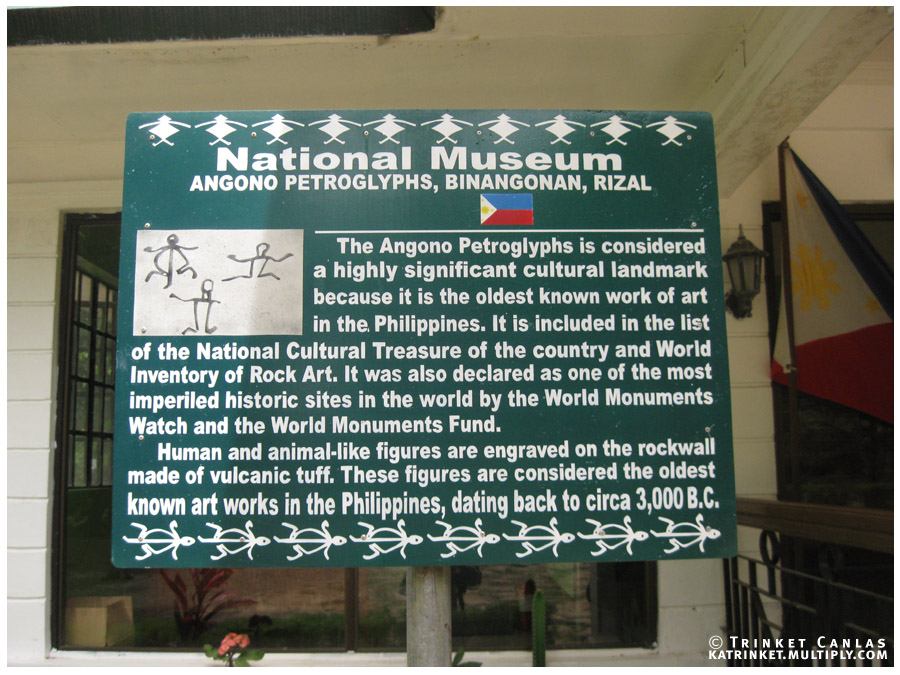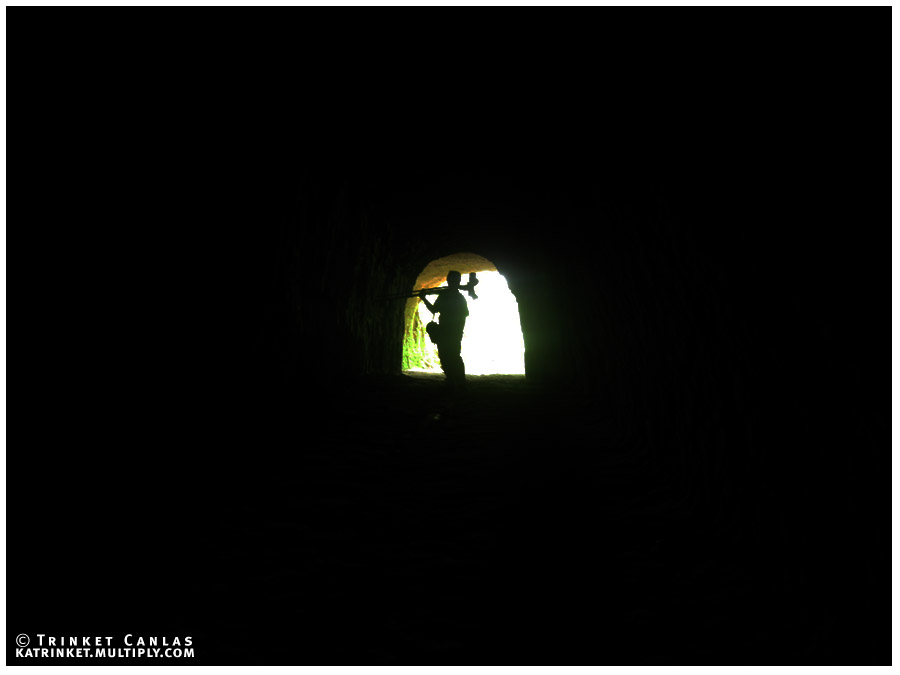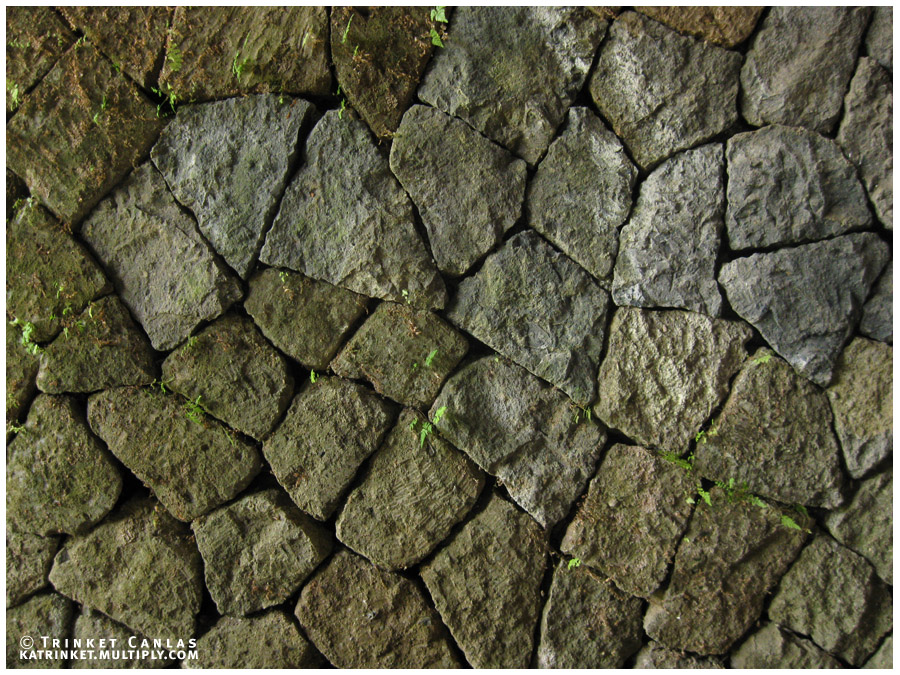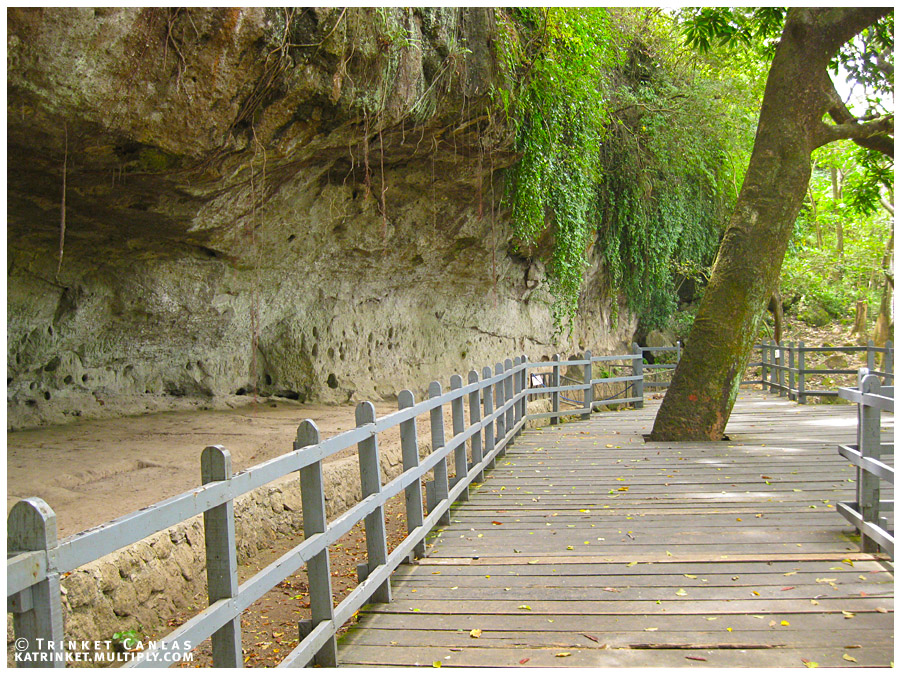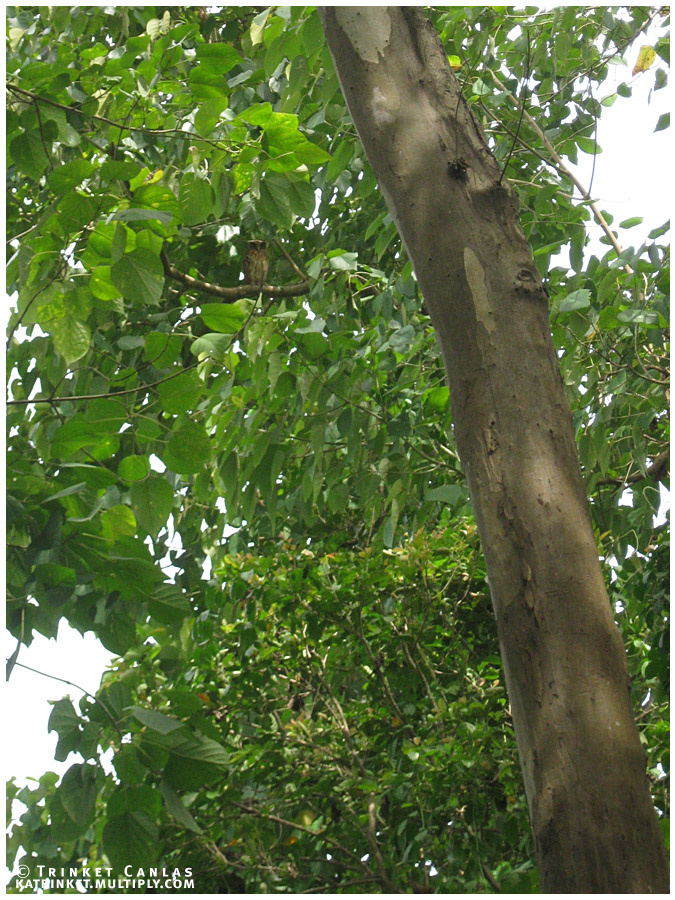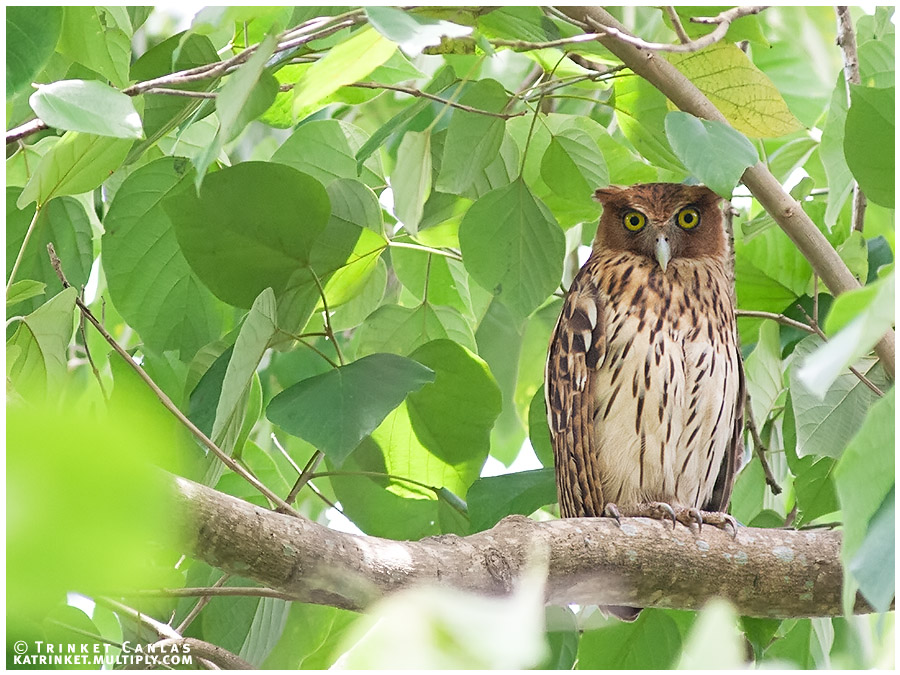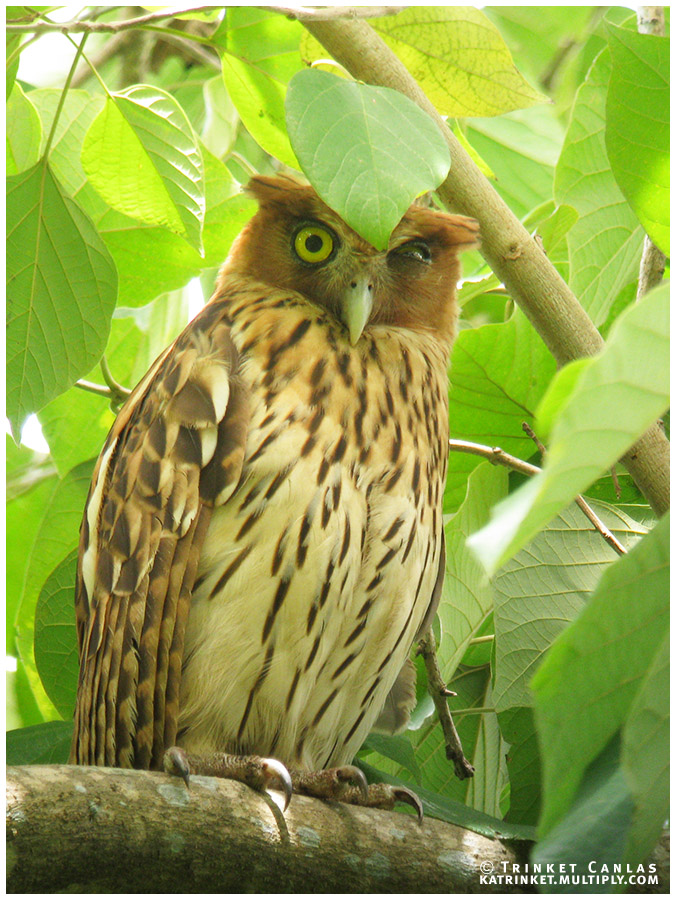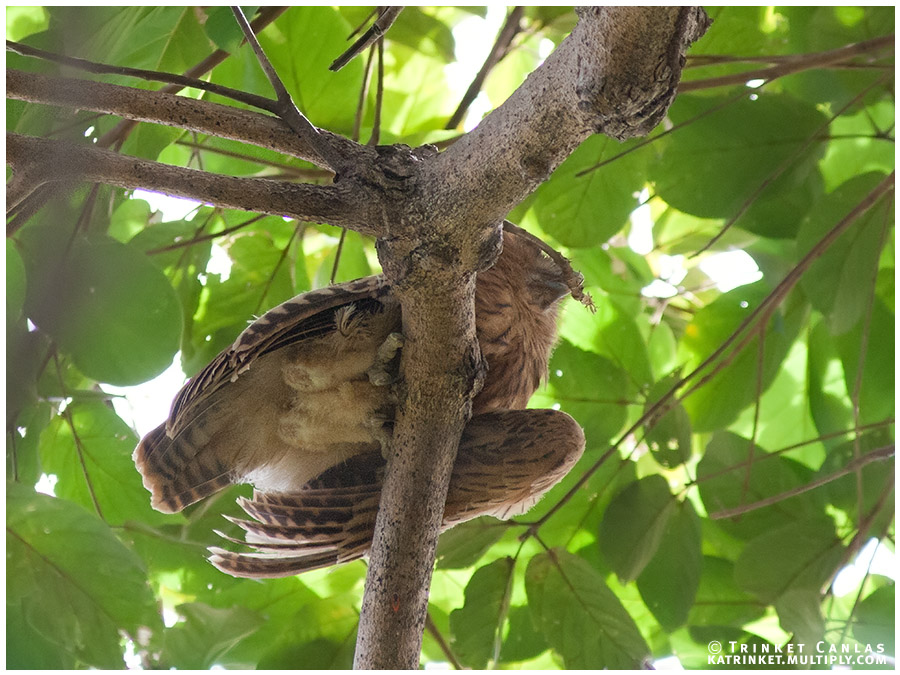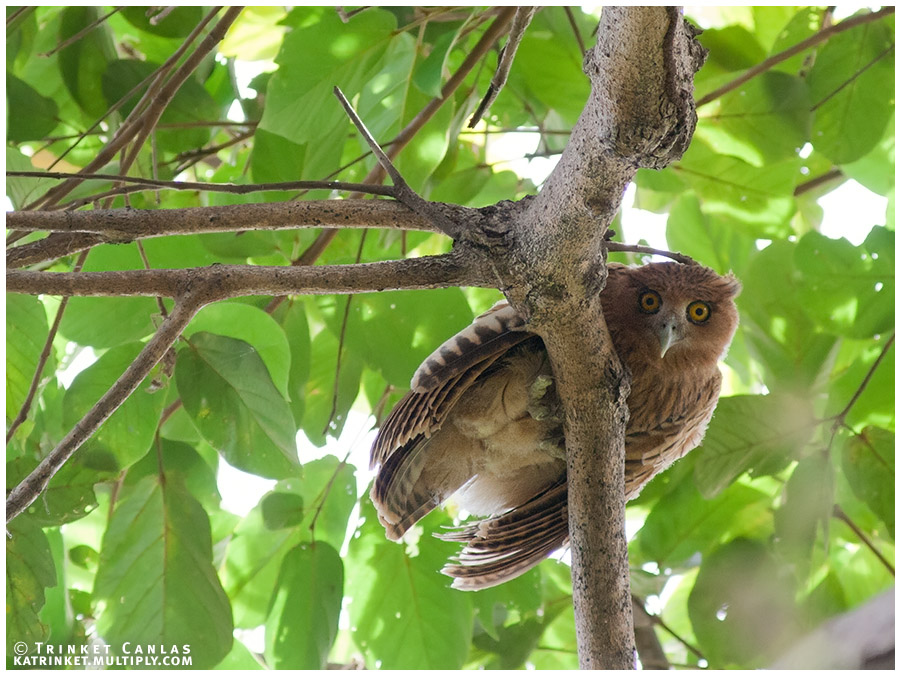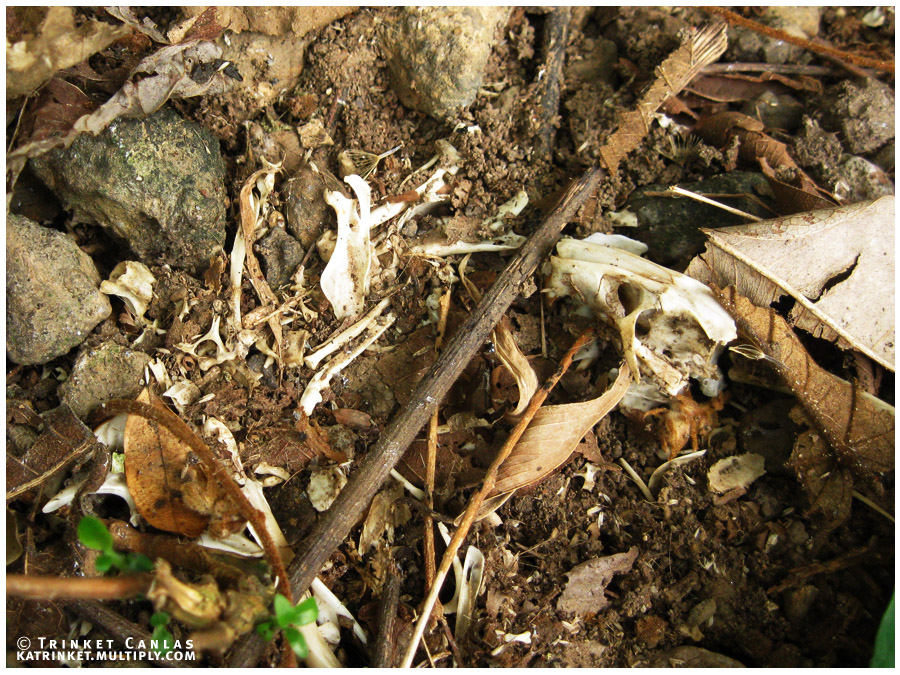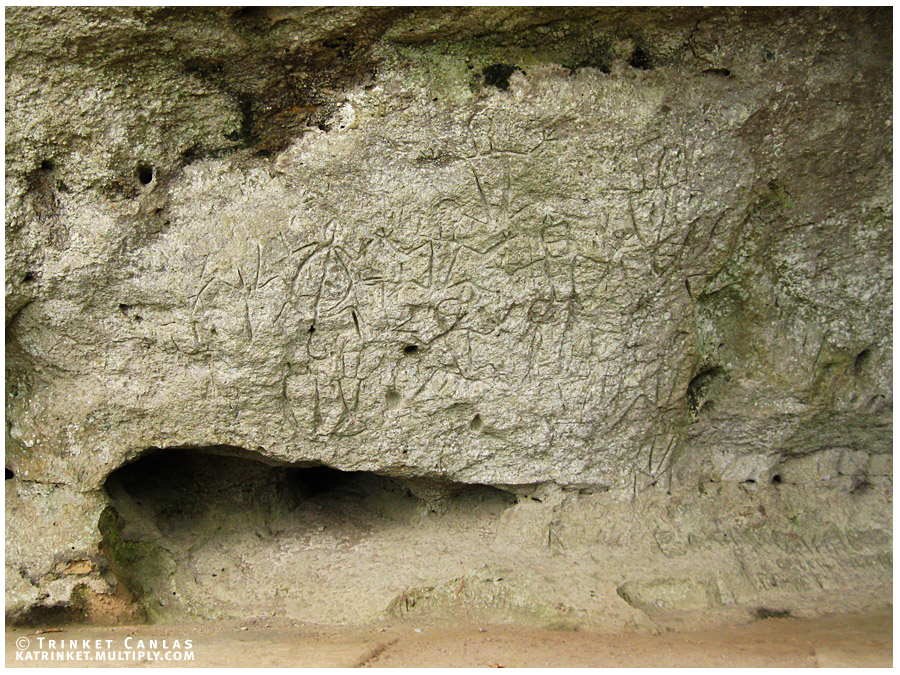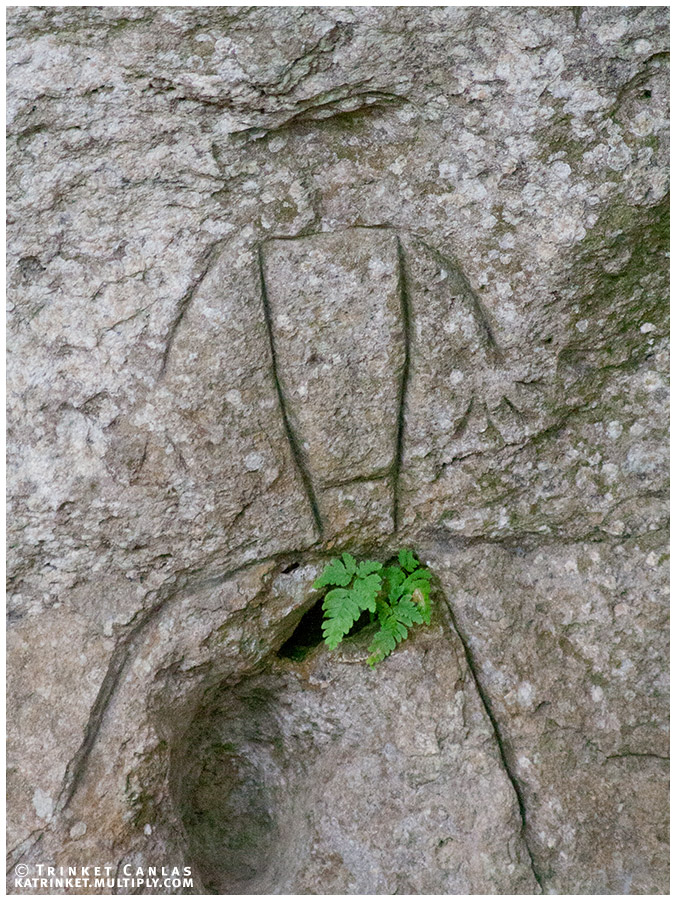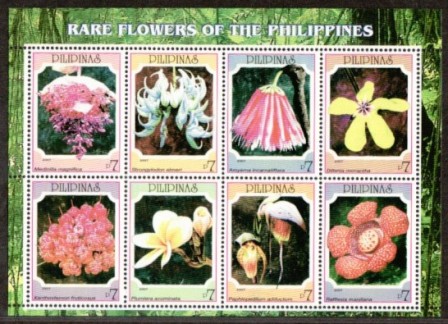it's breeding season for a lot of the residents and i've been hearing several reports and getting several text messages about fledglings falling from nests and other growing pains lately.
and it made me think of a little bird i spent a month with a couple of years ago.
my officemates had been handed a baby eurasian tree sparrow by some students who found it on campus on the ground. it was a few days old, its feathers all sheathed and hardly covering its body. and of course what do my officemates do with it? hand it over to me!
at first i was adamant about refusing to take care of it.
"put it back where they found it!"
"but it will die!"
"then it was meant to die"
"kawawa naman"
"ganyan talaga ang buhay"
"it fell from its nest"
"it was probably pushed out by its parents or siblings."
"you have to take care of it"
"what? you accepted it, you take care of it!"
"but you're a birdwatcher! you know about birds!"
"yes, i know enough NOT to take care of it."
"you have to take care of it, it will die."
"do you know that it needs to be fed every hour or two all day all night? NO!"
"... ??? ..."
"No, no, no, NO!"
i ended up taking a baby bird home.
i had to ask adri that we pass by mercury drug to get some cerelac and a medicine dropper. adri was flabbergasted at my accepting the responsibility.
"it'll probably be dead by tomorrow, it's too tiny," i try to justify my weakness.
jack on his first night, in a box warmed with tissue and warmed by my night lamp
what happened?
it lived.
jack after a few days... feathers unsheathed with a little help from myself
(good thing i wasn't allergic to bird dander, thanks to charlie)
and i brought it with me to the office. and my officemates were happy. and i brought it with me to the office for at least 2 weeks after that. and my officemates soon became somewhat annoyed.
well, someone HAD to feed it when i had a four hour class.
it eventually learned to fly around the office.
and poop on everyone's things and papers.
and hop around on keyboards begging for food.
i called him jack. jack the sparrow (yes, johnny depp fan here).
it soon learned that the warmest places in an airconditioned room was beside anyone's laptop. and that it was also the best place to poop.
hanging out at my computer's lan connection
favorite place: anyone's (warm) computer. here, jack studies the topography of DNA.
of course, no one would dare complain (at least not to my face).
that was what they wanted, right? for that tiny bird to live.
when it was time to go home i would whistle and it would chirp back. and i would get him from whose ever cubicle he answered from, put him in a box and let him out when i got home to my room.
when i went out for dinner or watch a movie, i kept him in my jacket pocket the whole evening. (it's a good thing my friends accept me for who i am)
and then he finally learned to eat by himself and i could leave him in my room the whole day. he also learned to fly, and would zip from the curtain rod, to the window to my books.
one of his favorite perches in my room... perched and facing the wall
i would wake up every morning because there was a bird insisting to be fed, pecking at my fingers, toes, or face. and it kinda hurt. especially the pecking at the toes.
i would return home from work, and a bird would attack me as soon as i got into the room, begging for... cerelac.
soon the picture frames in my room and my books and my wall clock were white with bird poop.
this went on for almost four whole weeks!
on an especially annoying morning and sore toes, i told adri: "this has got to stop. this bird is good to go. i still can't believe he survived." to which adri answered "why do you think there are so many of them?"
and i promptly (and literally) threw jack (the) sparrow out the window.
in less than a second, i missed him already. i knew he would survive, i just hope he didn't suddenly decide to land on the next person's shoulder thinking person = food.
how long do tree sparrows live? even today, i sometimes look at the sparrows around in the garage and yard and ask "is that you jack?"
(fair warning to all who attempt to take on abandoned baby birds)























